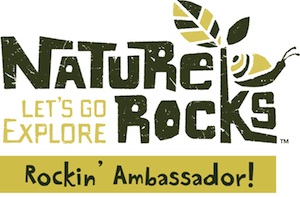10 cool kid facts for a Full Moon night.
Did you know that the full moon is the only moon that comes up at sunset and goes down at sunrise? That’s precisely what makes it so perfect for night hiking. What could possibly spice a hiking up like walking in the dark of night with no need for a headlamp and your shadow trailing behind you.
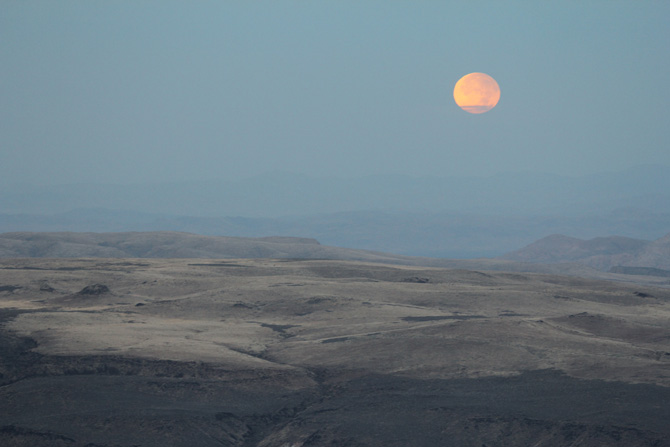
Here are a few other kid friendly facts I’ve learned about full moons.
1. Is the moon really perfectly round? The full moon may appear round, but is actually shaped like an egg with the pointed end facing earth.
2. Why is the moon bigger as it’s coming up over the horizon? Well, it’s not. Scientists have long battled to explain the “moon illusion”. The phenomenon is understood to be caused by human perception rather than the magnifying effect of the earth’s atmosphere.
3. How often do we see a full moon? The full moon occurs every 29.5 days – the duration of one complete lunar cycle.
4. What’s the ‘Flower Moon’ all about? The full moon has many names. The Algonquian people had a different name for each full moon, depending on the month. Each name is linked to the season and nature. My favorite is September’s Harvest Moon, but did you know the Strawberry Moon is the name for the full moon in June? This is because strawberries are ready for picking. Here’s a list of moon names and meanings.
5. How long does it take to travel to the moon? The moon is about 238,855 miles from earth. Traveling by car that would take 130 days. If you took a rocket it would take 13 hours. And should you choose to travel at the speed of light, you could get there in a meer 1.52 seconds.
6. How fast does the moon actually move? The moon travels around the earth at an average speed of 2,288 miles per hour. Sure doesn’t look that fast! Why do you think that is…? I have a few theories.
7. Why is the moon so bright? It’s actually not, well, not really. The moon is not a light source, it doesn’t make its own light, it reflects light from the sun. We can see the moon because light from the sun bounces off it back to the earth. If the sun wasn’t there, we wouldn’t be able to see the moon.
8. Why does the moon change shapes, then sometimes disappears entirely? The moon appears to change shape but what we are actually seeing is the moon lit up by the light from the sun in different ways on different days. Check out this graphic from red-roko (to the right). It shows this perfectly.
9. Where does the phrase “once in a Blue Moon” come from? The second full moon occurring within a calendar month is called a Blue Moon. The latest was seen on 31st May 2007. And just to put this phrase into context, his phenomenon occurs once every three years on average.
10. Why does the moon follow me? If you’re driving down your street at night, it may look like the moon is chasing you, zooming behind the treetops to keep up with you. The moon isn’t actually following you, though. It’s just an optical illusion. The moon appears to follow you because it’s so far away. As you walk or drive along, things much closer to you, like trees and houses, appear to move between you and the moon making it look like it’s the moon that’s actually moving.
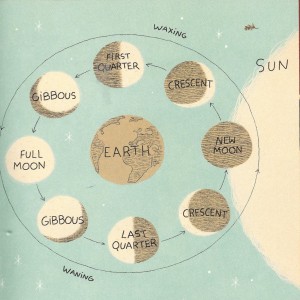
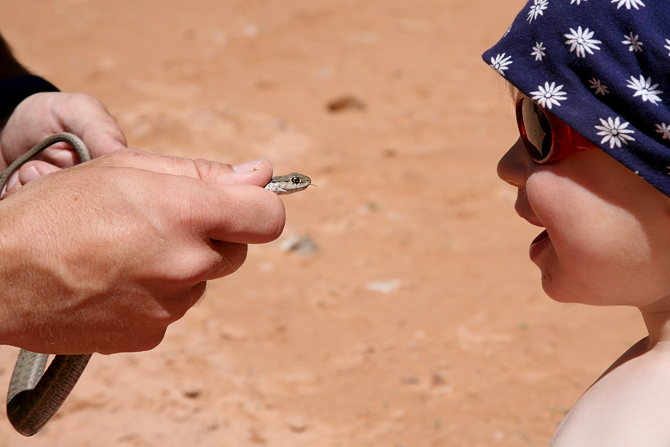

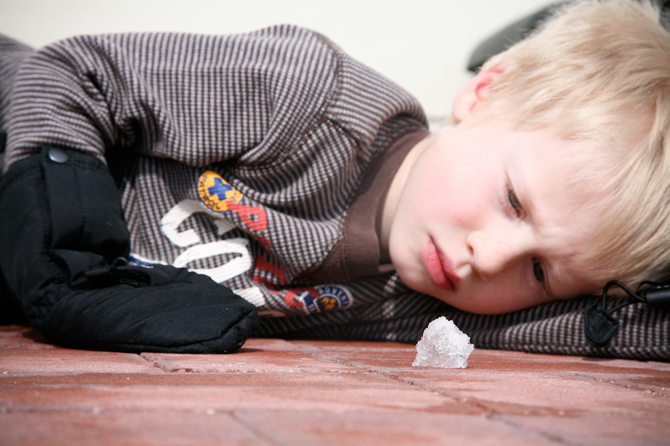
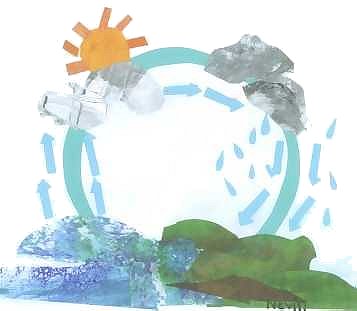
 The boys and I riding the wind in the hammock.
The boys and I riding the wind in the hammock.